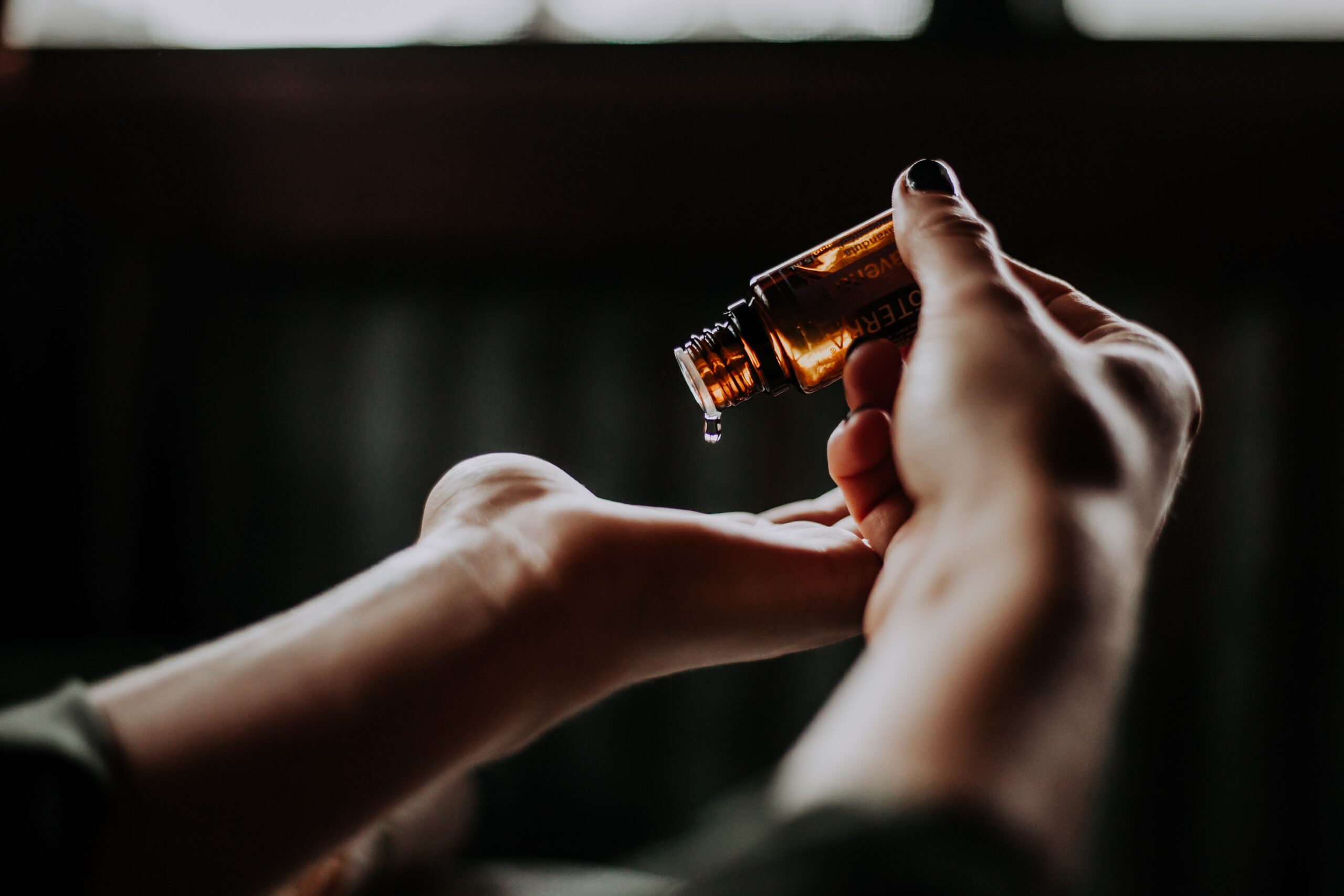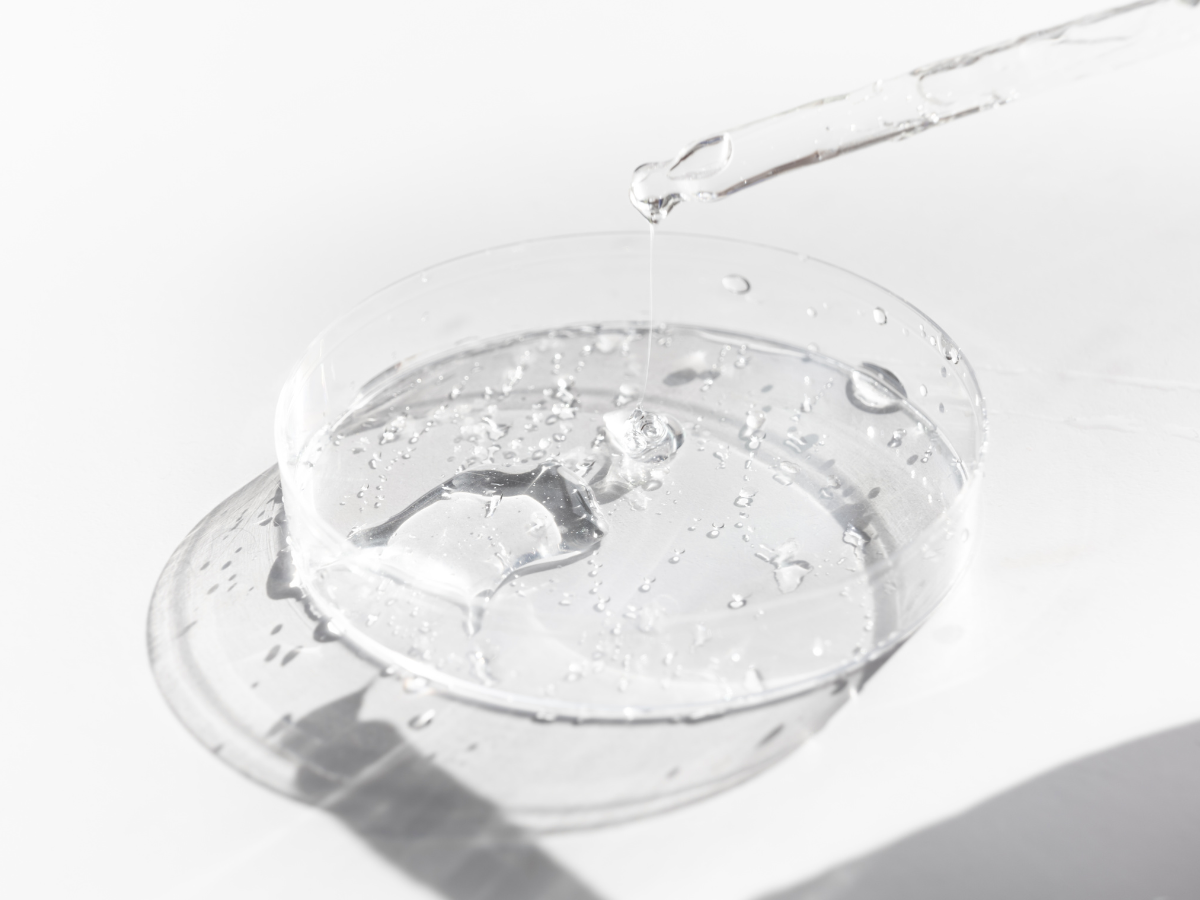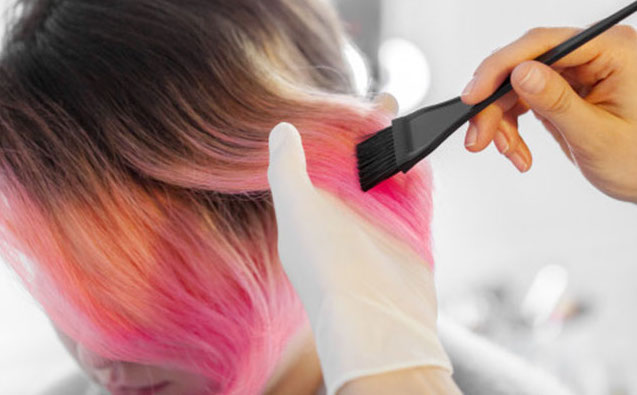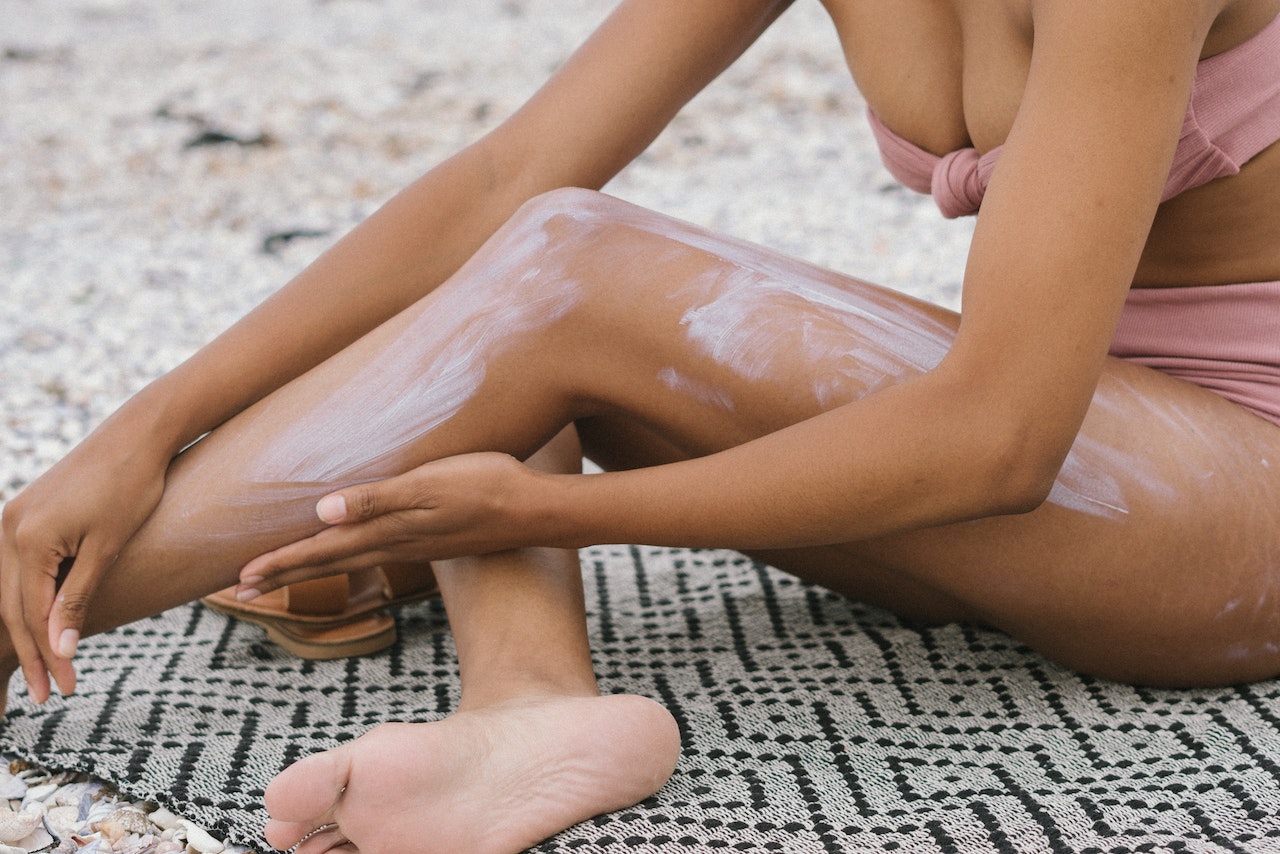PREVIOUS SCCS OPINIONS ON PROPYLPARABEN
Parabens are important ingredients widely used in different types of cosmetics and personal care products.
Propylparaben is the n-propyl ester of p-hydroxybenzoic acid. It is used as a preservative in cosmetics and personal care products and it is included in the Annex V (list of preservatives allowed in cosmetic products, entry 12a) of the European Cosmetics Regulation No. 1223/2009
The European Commission’s Scientific Committee on Consumer Safety (SCCS) has evaluated the safety of parabens several times in the past. In its first opinion, issued in 2005 (SCCP/0873/05), the SCCS asked for more data on propylparaben (and isopropyl, butyl and isobutyl paraben) in order to formulate a final statement on the maximum concentration considered safe in cosmetics. In another opinion (issued on the same year, SCCP/0874/05), the SCCS addressed the relation between parabens, underarm cosmetics and breast cancer. The Scientific Committee concluded that there was insufficient data to establish a clear link between the use of underarm cosmetics and breast cancer.
In 2008 (SCCP/1183/08), the SCCP was of the opinion that, “based upon the available data, the safety assessment of Propyl and Butyl Paraben cannot be finalized yet”. Regarding the potential endocrine modifying effects of parabens of higher chain length (including Propylparaben), concern was expressed. Estrogenic properties of parabens seemed to increase with increasing chain length, based on in vitro and in vivo rodent test results (available at the time). Nevertheless, the SCCS concluded in 2010 (SCCS/1348/10) that the use of Propylparaben (and butylparaben) as preservatives in finished cosmetic products as safe to the consumer, as long as the sum of their individual concentrations does not exceed 0.19%.
SAFETY OF PROPYLPARABEN IN COSMETIC PRODUCTS
As previously published (“SCCS Opinion on Benzophenone-3”), in early 2019, a priority list of 28 potential endocrine disruptors (not already covered by the bans of cosmetic regulation) was established by the Commission. From these 28 substances, 14 were considered as higher priority (Group A), which included Propylparaben, and the European Commission’s Scientific Committee on Consumer Safety (SCCS) was asked to assess their safety.
Last March, the SCCS issued its opinion on Propylparaben. Based on the data provided and taking under consideration the concerns related to the potential endocrine disrupting properties of this ingredient, the SCCS concluded that “Propylparaben is safe when used as a preservative in cosmetic products up to a maximum concentration of 0.14%”. Although the available data indicates potential endocrine effects, the Scientific Committee considers that the “current level of evidence is not sufficient to regard it as an endocrine disrupting substance, or to derive a toxicological point of departures based on endocrine disrupting properties for use in human health risk assessment”.
References:
- Regulation (EC) No 1223/2009 of the European Parliament and of the Council of 30 November 2009 on cosmetic products. Available at: https://ec.europa.eu/health/sites/health/files/endocrine_disruptors/docs/cosmetic_1223_2009_regulation_en.pdf
- Scientific Committee on Consumer Safety (SCCS) – Opinion on Propylparaben (PP). SCCS/1623/20. 2021. Available at: https://ec.europa.eu/health/sites/health/files/scientific_committees/consumer_safety/docs/sccs_o_243.pdf
- European Commission – Call for data on ingredients with potential endocrine-disrupting properties used in cosmetic products, 2019. Available at: https://ec.europa.eu/growth/content/call-data-ingredients-potential-endocrine-disrupting-properties-used-cosmetic-products_en















